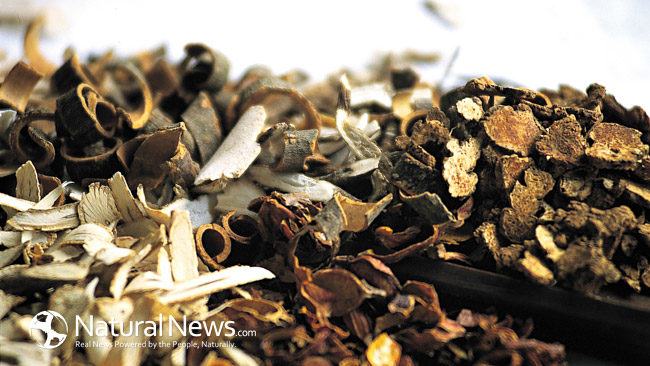What is White Willow Bark?
White willow has been used to combat fevers and pain for thousands of years. Willow bark may be the oldest herb known to treat pain and inflammation, the oldest recorded use is by Chinese physicians in 500 B.C. White willow was also used in ancient Assyrian, Egyptian, and Greek medicine as well as by Native American healers in North America.
White willow bark has been used as a traditional treatment to relieve pain and fevers in China since 500 B.C., according to the University of Pittsburgh Medical Center. Because white willow bark contains the same chemical properties as aspirin, it’s still used today as an alternative to aspirin and other similar pain-relievers. White willow bark is typically taken in the form of a tea by boiling 1 to 2 teaspoons of dried bark in 8 ounces of water, taken three to four times daily, or in the form of powdered herb capsules in doses of 60 to 240 milligrams of standardized salicin daily.
9 Uses of Willow Bark
Back Ache
Medical studies have also found that white willow bark is effective in easing lower back pain. The University of Maryland Medical Center points out a study of about 200 people with lower back pain, which found that the participants who took white willow bark experienced a major improvement with their pain. People who took 240 milligrams of salicin experienced better pain relief than participants who took lower doses of 120 milligrams.
Fever
White Willow Bark has long been used in the treatment of fever associated with cold and flu. Taking one capsule of Willow Bark twice daily may help with mild fevers related to cold and flu. Or drinking one cup of Willow Bark tea 2-3 times daily may be beneficial.
Heart Attacks
Studies suggest that taking small amount of aspirin may reduce the risk of internal clotting and hence can play a significant role in reducing the stroke and heart attack risks. Therefore, by drinking one cup of White Willow Bark tea once or twice daily, aspirin like activity of the bark may reduce the risk of heart attack and stroke in people high at risk.
Migraines
Taking white willow bark can help to relieve pain associated with tension and migraine headaches. With alternative therapies becoming more popular, interest in white willow bark is on the rise, notes the University of Pittsburgh Medical Center. Although larger studies are lacking in determining whether white willow bark is safe and effective for chronic headaches, some medical evidence indicates that willow bark is less likely to cause gastrointestinal side effects like upset stomach that other pain relievers can cause, says the University of Maryland Medical Center.
Osteoarthritis and Rheumatoid Arthritis
A German study shows that people with osteoarthritis who took Willow Bark extract providing 240mg of salicin for two weeks had 14% reduced pain levels. Therefore, for people who have mild to medium rheumatic disorders and are at risk of Osteoarthritis, taking 240mg of White Willow Bark extract regularly can suppress the progression and onset of the disease.
PMS and Menstrual Cramps
Menstrual Cramps are usually caused by the inflammation of uterine lining and contractions induced by a hormone like chemical prostaglandins. Studies suggest that natural components of Willow Bark may help with Menstrual Cramps and PMS symptoms by regulating the production of prostaglandins and reducing the inflammation. Simply drink one cup of Willow Bark tea two to three times daily starting a couple of days before the start of menstrual cycle. It may also help alleviate back ache, headache and legs pain associated with menses. To make Willow Bark tea simply soak one teaspoon of ground White Willow Bark in a cold cup of water for eight hours. Strain out the tea and add honey or sugar to minimize the bitter taste. Willow Bark can be refrigerated for no more than 48 hours since it loses its effectiveness when kept for longer hours.
Toothache
The anti-inflammatory and analgesic activity of Willow Bark may help with toothache. Simply, chew on a small piece of White Willow Bark or rub its powder on to the affected area. Drinking Willow Bark tea may add to the effectiveness of the herb. For inflamed gums gargling with Willow Bark tea every night before going to bed may be beneficial.
Reference:
livestrong.com, anniesremedy.com, homeremediesweb.com
Read More
7 Powerful analgesic (Pain Relievers ) That Grow On Plants
Lemon Plus Garlic : Powerful Elixir Code For Clearing Heart Blockages And Open Heart Veins
7 Health Benefits of Almond Milk And Its Simple Homemade Recipe





